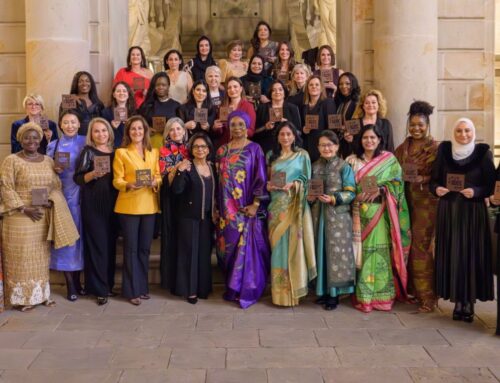The Most Credible Source Is Employer Communications
The Most Relied-on Source of Trust for Information Is Mainstream News Organizations
by Richard Edelman
These last few weeks we have all lived the consequences of low trust in government and media. We have observed that large groups of people have ignored critical health guidance, in part because they doubted the veracity of available information or because they relied on disinformation. At the same time, a number of businesses have stepped into the void with responsible actions and information from credible sources, including scientists and public health authorities, knowing that their employees expect frequent updates and agile changes to workplace policies.
To help our clients communicate at this critical moment, we conducted a 10-country study March 6-10 in Brazil, Canada, France, Germany, Italy, Japan, South Africa, South Korea, the U.K. and the U.S. It confirms the role business must play as a source of reliable and timely information. Here are the key findings from the study:
- The Most Credible Source Is Employer Communications — We knew that government and media had trust challenges going into the crisis. The 2020 Edelman Trust Barometer showed that “my employer” was the most trusted institution by 18 points over business in general and NGOs, by 27 points over government and media. That explains our finding that employer communications is the most credible source of information about the coronavirus. Sixty-three percent said that they would believe information from that channel after one or two exposures, versus 58 percent for a government website and 51 percent for traditional media. Over one-third of people said they would never believe social media if it were the only place they had seen the information.
- The Most Relied-on Source of Information Is Mainstream News Organizations — The major news outlets are relied upon nearly twice as much as global health organizations (WHO) or national health organizations (CDC). Friends and family and social media lag badly, with the exception of developing markets such as South Africa. Young people rely evenly on social media (54 percent) and mainstream media (56 percent) while older people 55+ rate mainstream media as nearly three times more reliable than social. There is definite concern about fake news and false information being spread about the virus (74 percent).



